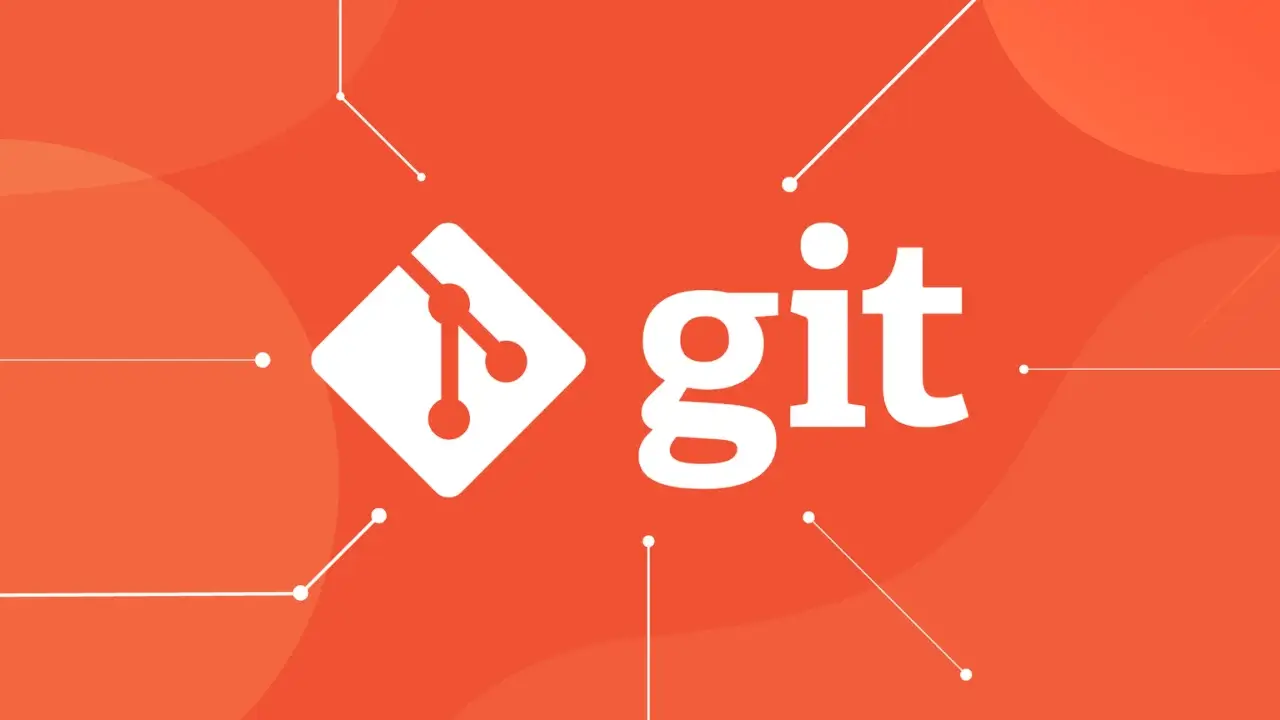
Scaling Modern Applications: Simplifying the Infrastructure Complexity for Growth
Scaling Modern Applications: Simplifying the Infrastructure Complexity for Growth
It’s 2024, but the ghost of 2014 still haunts many growing businesses. Back then, scaling an application was the domain of the elite—the 'Unicorns' with massive budgets, rooms full of engineers, and the painful necessity of sleeping next to a laptop to monitor database replication. The original discussions around scaling applications focused heavily on vertical sizing, dedicated hardware, and complex, manual optimization of legacy stacks like PHP or proprietary cloud services.
Today, the landscape has fundamentally shifted. The mandate for eCommerce scalability and robust digital agency offerings is no longer a 'nice-to-have'; it’s table stakes. When traffic spikes—be it from a viral marketing campaign, a holiday sales rush, or simple, healthy business growth—your infrastructure must respond instantly, reliably, and without demanding a full-time SRE dedicated solely to cluster management.
For small and medium business owners, eCommerce managers, and digital agency professionals, the challenge isn’t just *how* to scale, but how to harness the complexity of modern cloud architecture (like Kubernetes) without incurring crippling management costs or suffocating vendor lock-in. This is where strategic infrastructure choice separates the thriving from the merely surviving.
Let's unpack the true cost of application rigidity and explore how modern 'Stacks As a Service' paradigms are finally making sophisticated, enterprise-grade scaling accessible to everyone.
The Business Imperative: Scaling Beyond the Hardware
In the past, scaling was often treated as an IT problem involving bigger servers. Today, we recognize it as a core business driver directly influencing conversion rates, user experience, and market reputation. Rigidity in your infrastructure is a revenue liability.
The Core Web Vitals Tax on eCommerce
The relationship between application performance and profit is now mathematically verifiable. Google’s Core Web Vitals are no longer an optional SEO checklist; they are key performance indicators (KPIs) for user retention. If your website speed degrades under load, users bounce, rankings drop, and revenue vanishes. This is the 'Performance Tax'—the hidden cost levied by slow infrastructure.
- LCP (Largest Contentful Paint): Directly reflects the time users perceive your page as loaded. Scaling failure often manifests here first.
- FID (First Input Delay): Measures interactivity. Infrastructure bottlenecks (like slow database connections or unoptimized application code) make the site feel unresponsive.
- CLS (Cumulative Layout Shift): Less directly related to scaling, but stability under load ensures elements don't shift unpredictably.
When you achieve true website speed and scalability, you aren't just optimizing code; you are directly investing in higher conversion rates and lower customer acquisition costs. Scaling isn't about avoiding downtime; it's about maximizing opportunity during peak moments.
The Transition to Horizontal Scaling: Why Cloud Native Matters
The traditional method—Vertical Scaling (throwing more CPU/RAM at a single machine)—hits physical and budgetary limits quickly. The modern mandate is Horizontal Scaling: distributing the workload across many smaller, interchangeable nodes.
This distributed architecture requires sophisticated orchestration, which is why platforms like Kubernetes have become the industry standard for managing containerized applications. However, setting up, managing, and maintaining a production-ready Kubernetes cluster is notoriously difficult and resource-intensive for an SME or even a medium-sized agency.
The challenge is accessing the immense power and flexibility of this distributed model (CNCF containerization standards) without having to hire a full team of highly specialized engineers. The goal is Kubernetes-like simplicity, delivered as a utility.
Navigating the Infrastructure Maze: Simplified Stacks and Persistent Storage
Application scaling often breaks down when state is involved. Stateless services (like front-end web servers) are easy to scale; stateful services (databases, user sessions, storage volumes) are the genuine mountain to climb. The discussion about scaling is moot if the application cannot reliably store and retrieve data as it moves across dynamically spun-up containers.
This is the fundamental friction point in modern cloud deployments: the gap between easily scalable compute and reliably available, persistent storage.
The Criticality of Native Persistent Storage
For eCommerce platforms, content management systems (CMS), and SaaS products, data integrity is everything. When dealing with dynamically orchestrated environments, traditional block storage solutions often become complex, prone to failure, or impose significant performance penalties. Developers need assurance that volumes will follow their application containers, regardless of which physical or virtual machine they land on.
A true 'Stacks As a Service' platform must resolve this dilemma. This is where the core promise of companies like STAAS.IO comes into focus. Unlike many providers who offer lightweight container management but rely on complex, external, or non-native storage solutions, STAAS.IO was designed from the ground up to offer full native persistent storage and volumes. This adherence to CNCF containerization standards ensures that as your application scales horizontally, your data remains accessible, stable, and performant—eliminating one of the greatest headaches in modern scaling efforts.
Kubernetes Power, Without the Headache
For the digital agency running multiple client sites or the eCommerce manager needing elasticity for seasonal spikes, deploying and managing infrastructure must be fast, cheap, and easy. Complexity eats margin and time.
STAAS.IO simplifies this complexity. The goal is to shatter application development complexity, providing that quick, easy environment to build and deploy. Leveraging CI/CD pipelines or even simple one-click deployment allows businesses to move new features or entirely new sites to production with a speed previously reserved only for Silicon Valley giants. When growth demands more capacity, the environment seamlessly scales to production with Kubernetes-like simplicity, but without the steep learning curve or operational overhead associated with managing the underlying orchestration layer yourself.
Cybersecurity and Scale: Don’t Grow Your Attack Surface
As applications scale, their potential attack surface usually grows exponentially. More nodes, more network endpoints, and more complex traffic flows mean more points of failure for security. For SMEs, managing this expansion while keeping costs down requires a shift towards platforms that embed security into the scaling architecture itself.
Scaling Security Defenses Dynamically
Scaling should not introduce security vulnerabilities. Every new application instance, every new container, must adhere to the same stringent security policies as the original. This is challenging when using a fragmented infrastructure stack.
The advantage of managed cloud hosting platforms, particularly those focused on containerization standards like STAAS.IO, is that the security configuration (network policies, resource isolation, patching) is inherited uniformly across the entire cluster. When a traffic spike forces the system to scale out and spin up 10 new containers, those containers are deployed with consistent security profiles automatically.
Focusing on cybersecurity for SMEs must involve: automated patch management, network segmentation, and ensuring that the underlying operating system and orchestration layers are monitored and secured by experts. Delegating the security burden of the infrastructure layer is essential for business owners who need to focus their limited resources on application security (the actual code they write), not infrastructure upkeep.
Operational Simplicity and Predictable Growth
The true measure of a successful scaling strategy is not just performance, but cost predictability and strategic freedom.
Predictable Pricing in a Dynamic World
One of the biggest anxieties for businesses using hyperscale clouds is the 'cloud bill surprise'—the unpredictable costs associated with dynamic scaling and complex pricing tiers (data egress charges, IOPS, complex API calls). When a business scales successfully, they should celebrate revenue growth, not panic about infrastructure expenditure.
STAAS.IO addresses this directly: our simple pricing model applies whether you scale horizontally across machines or vertically for increased resources. This approach keeps costs predictable as your application grows into a production-grade system, allowing finance departments and business owners to budget accurately for expansion.
Freedom to Build: Avoiding Vendor Lock-in
The fear of vendor lock-in remains a potent brake on innovation and strategic migration. If a platform uses proprietary APIs, tooling, or storage solutions, moving your application becomes a monumental, costly undertaking. This rigidity is antithetical to modern agile business needs.
By strictly adhering to CNCF containerization standards, platforms like STAAS.IO offer unparalleled flexibility. Your application stack is built on open standards, giving you the freedom to move, adapt, or change providers if business needs demand it, ensuring you are never trapped by a single vendor's ecosystem. This freedom is the ultimate form of future-proofing your application investments.
Future-Proofing Your Digital Stack
The discussion around scaling has matured significantly since the days of manually optimizing MySQL settings for 50 million users. Today, application scaling is less about heroic engineering efforts and more about smart infrastructure selection.
For the business owner, the decision is clear: choose a platform that abstracts away the complexity of distributed systems while retaining the power and standardization (like persistent storage and CNCF compliance) necessary for enterprise-grade growth. Your focus should be on building the next big feature or landing the next big client, not debugging why your container volume didn't attach correctly during a high-traffic event.
By opting for a simplified 'Stacks As a Service' model, you transform scaling from a mountain of internal operations risk into a predictable, reliable, and cost-effective competitive advantage.
Call to Action (CTA): Simplify Your Scaling Strategy
Is your current hosting infrastructure holding back your growth? If you find yourself consistently wrestling with the complexity of container orchestration, facing unpredictable cloud bills, or worried about how your platform will handle the next traffic surge, it's time to simplify.
Explore how STAAS.IO simplifies Stacks As a Service for everyone. Build, deploy, and manage your applications with ease, leveraging full native persistent storage and the power of CNCF-compliant scaling—all with a predictable pricing model designed for growth.




